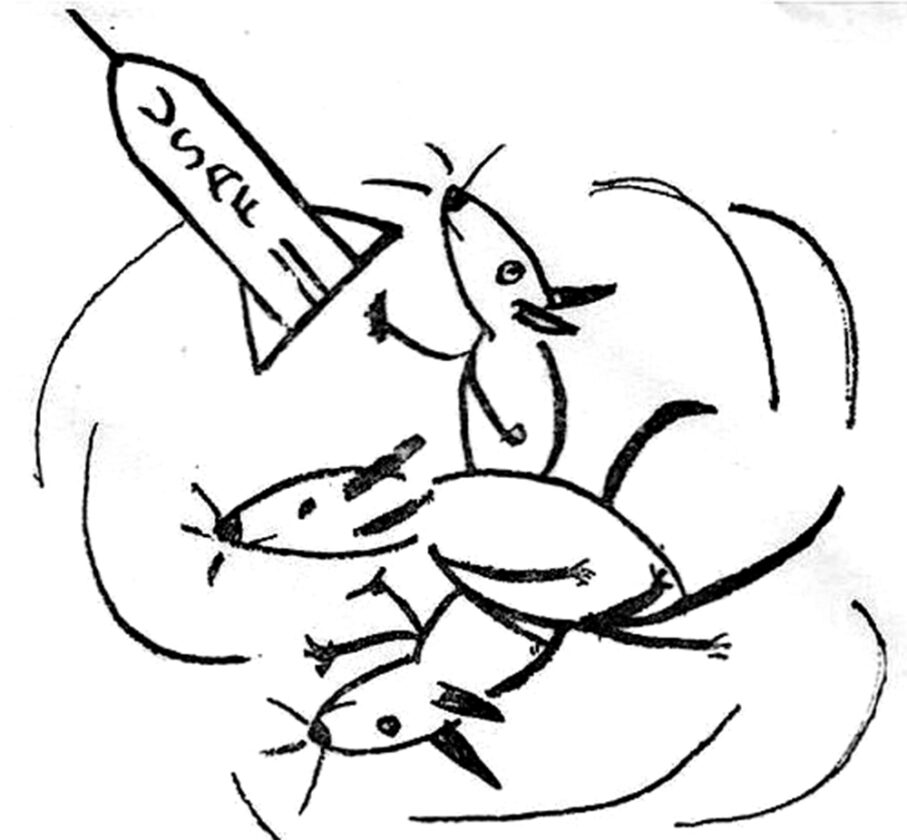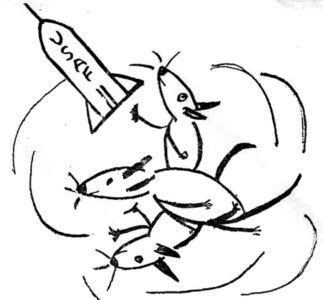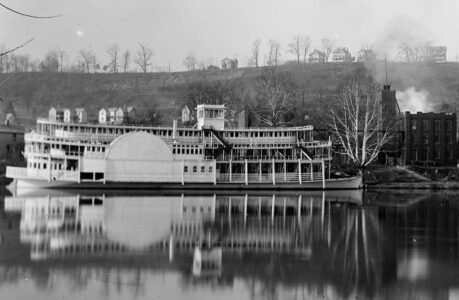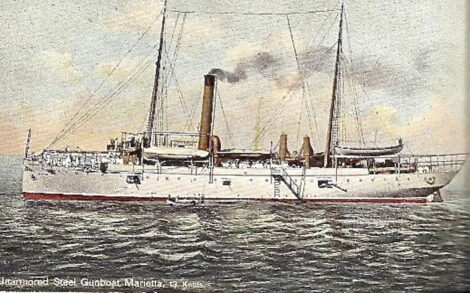Sally, Amy and Moe had the right stuff too
- (Photo provided) Artwork from a special postal mailing that commemorated the flight of Sally, Amy and Moe in 1960.

(Photo provided) Artwork from a special postal mailing that commemorated the flight of Sally, Amy and Moe in 1960.
As a life-long consumer of newspapers, I have read many odd headlines.
“Three Mice Make Radiation Ride in Model Man-in-Space Cabin,” from the Oct. 13, 1960 front page of The Marietta Times is a great example and one that is worth exploring more.
By the fall of 1960 the original group of American Astronauts had been chosen. The Mercury Seven group would become the first HUMAN explorers that our country would rocket into the unknown. They included Ohioan John Glenn, who grew up in New Concord, became a decorated pilot, test pilot, astronaut and later U.S. Senator. The airport in Columbus is named in honor of him.
Before any human, including Glenn, could be strapped to the top of a rocket, things had to be tested. A lot.
This is where Sally, Amy and Moe and a large group of other bioastronauts come into play.
The article on the 1960 front page that day detailed the odd trip that the trio took.
“Three mice named Sally, Amy and Moe rocketed 700 miles into space today and the Atlas cone they rode in was recovered from the South Atlantic 5,000 miles away. It was not known immediately whether the mice survived (they did).
“The black mice made the radiation ride in a miniature model of a man-in-space cabin. The experiment, which took the travelers into the dangerous Van Allen radiation belt at speeds up to 18,000 miles an hour, was another step toward manned space travel.
“The mice and other experiments were placed aboard because there was extra room in the area of the cone, which in wartime could be occupied by a nuclear warhead,” The Times reported.
It’s hard not to have a mental image of three mice dressed in silver space suits with giant clear helmets floating around a scale model of a spacecraft stuffed into the top of a missile designed to deliver an atomic warhead to another country.
A special post mark issued at that time promoted that exact image.
They were not the first animals to boldly go where no American had gone before. Animals would continue to venture beyond Earth long after humans started taking the trip.
Fruit flies had become the first animals in space when they took a 1947 flight aboard a V-2 rocket.
A few months before Sally, Amy and Moe rocketed into space, the Soviets launched a rocket with two dogs. A gray rabbit, 40 mice, two rats and 15 flasks filled with flies and plants made the trip, too.
Before John Glenn orbited the earth in 1962, a chimpanzee named Enos did it first, orbiting earth twice a few months before Glenn’s trip.
A number of turtles made the trip to the moon before Buzz and Neil took the first steps there, becoming the first inhabitants of earth to travel around the moon in 1968.
Over the years, frogs, fish, spiders, chimpanzees, a guinea pig, rats, a cat, monkeys, wasps, beetles, dogs, newts, shrimp, crickets, bees, ants, jellyfish, cockroaches and geckos have all found their way into space.
Different animals and organisms continue to travel beyond earth so the impact on them can be studied.
When Artemis II is launched next year to travel to the moon it will carry with it a tiny lab full of human tissue. Scientists will compare it with a matching lab left back on earth to see how space changed the different samples.




